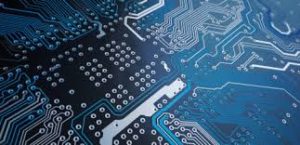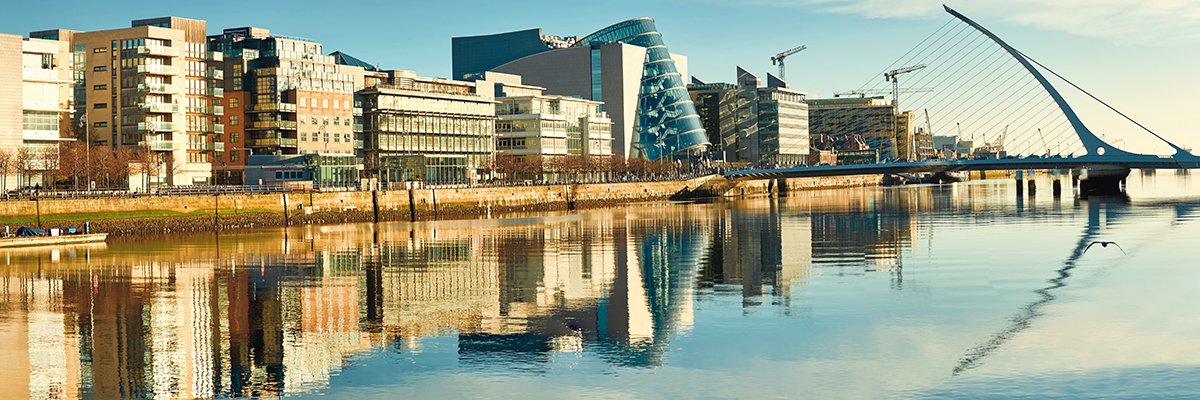PCB Printed Circuit Board Assembly
The two terms PCB and a PCBA (Printed Circuit Board Assembly) are often confused, but they refer to different steps in the process. The PCB itself is a bare board with no electronic components attached, while the PCBA is the result of soldering or assembling all of the necessary parts. Many electronic devices, from small gadgets to complex machinery, rely on PCBAs.
The PCB itself is a mechanical structure made up of insulating material laminated between layers of conductive copper. Conductive features on the PCB include copper traces and pads. These are used to carry electrical signals between components, as well as other functions like power distribution and cooling. PCBs can be single-sided, double-sided, or multi-layer. Single-sided and double-sided boards have the components mounted on either surface, while multi-layer printed circuit board pcba can have components on one or both surfaces, depending on the design and stack-up.
After the schematic development phase, engineers move on to the physical layout of the PCB using CAD tools. These software tools import the library part designs and their network connectivity information from the schematic to create a physical layout for the component footprints on the PCB. The assembler then begins placing the components on the PCB, either through surface-mount technology (SMT), or plated through hole (PTH) technology.

What is a PCB Printed Circuit Board Assembly?
Once the components are in place, they must be soldered onto the PCB to ensure that they stay connected and that the board can perform as needed. The assembler then applies solder paste to the areas where the components will be placed, and uses a machine to place the parts and apply the solder. Once the parts are placed and soldered, the board undergoes inspection to make sure that everything is in place as expected.
The next step is testing the finished PCBA. This can take the form of in-circuit or fixtureless testing, but it may also include more advanced tests like functional and boundary scan testing. These tests are performed throughout the production and assembly process to make sure that the board meets all of its performance goals.
If you are planning to order a batch of PCBAs, it is important that you partner with a manufacturer who has a strong record of quality. A poorly designed or fabricated PCBA can cost you a lot of money and time, so it is worth investing in a company that has the capacity and expertise to produce quality products. Also, it is important to inquire about in-process and in-line testing procedures. These tests can help you catch issues early in the manufacturing process, which will save both time and money. In-process testing typically includes visual inspections of components and boards, while in-line and final test testing can be much more detailed and comprehensive. These tests can find issues such as shorts and opens, signal integrity problems, and thermal or electromagnetic interference. These types of issues are often difficult to detect with just a visual inspection.



